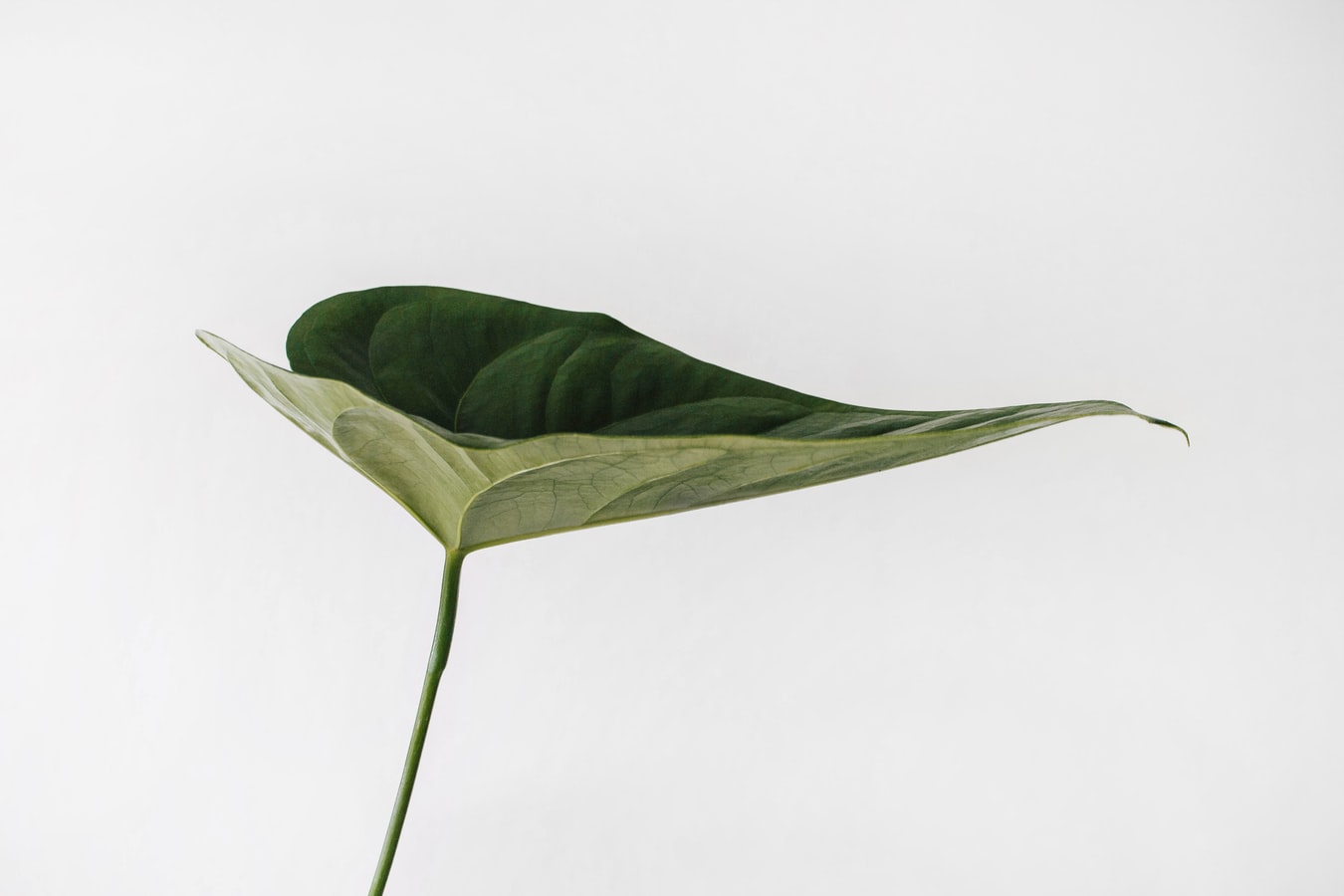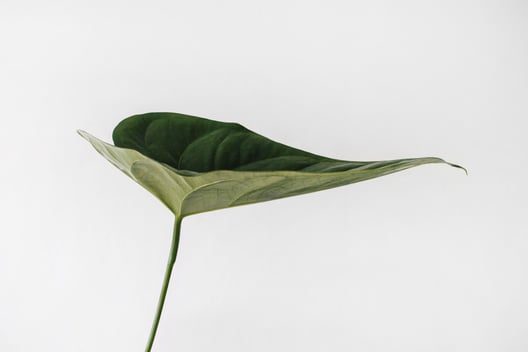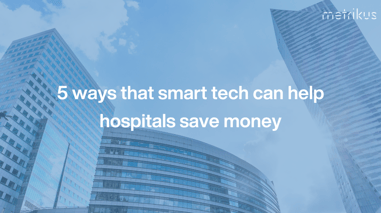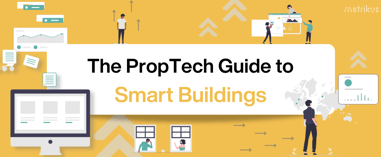5 surprising ways IoT can support sustainability
IoT (Internet of Things) technology is becoming prevalent in almost every industry, helping to realise previously unfeasible ideas. The global IoT market was valued at a staggering $212 billion last year, and it is estimated that this value will rise to $1567 billion by 2025.
The rise in IoT adoption not only leads to significant cost savings but crucially generates a wide range of environmental benefits. Smart technology has the potential to be transformative on a global scale, making huge improvements to efficiency and sustainability. Below are just a few ways that IoT can help the environment.
1. Air pollution and IoT
IoT allows air pollution to be monitored in real-time via the use of air quality sensors, enabling sources of this pollution to be identified promptly and accurately. For example, gas leaks can be immediately detected and swift action can be taken. Preventative strategies can be formed quickly if pollution sources are closely monitored.
IoT can also help to reduce air pollution in the automotive sector. AI-enabled traffic lights can adjust automatically to the volume of traffic, reducing the number of idling cars, a major source of greenhouse emissions.
2. Agriculture and IoT
IoT can be used in agriculture to monitor crops and soil to maximise crop production while maintaining a low impact on the environment. Sensors are attached to crops to monitor their growth, allowing anomalies to be detected and resolved immediately.
Parameters such as hydration, nutrition, and disease can also be monitored in real-time. This data can subsequently be used to form adaptive irrigation systems which determine the most efficient watering patterns. For example, Agrisource Data claims to have saved more than 750,000,000 litres of water and increased average yield by nearly 10%.
 Photographer: Sarah Dorweiler | Evano Community
Photographer: Sarah Dorweiler | Evano Community 3. Wildlife and IoT
Species extinction and loss of biodiversity can have a potentially devastating impact on our planet. IoT can be used to study animal behaviour, including migration, mating, and feeding habits. By monitoring endangered species, we can determine factors that threaten particular animals, such as deforestation and poaching.
Large forest areas can be monitored and protected using AI-enabled drones. The data that is collected can then be used to map the area and monitor any significant changes that take place. This enables alerts to be triggered when uncontrolled deforestation takes place.
Another area in which IoT technology can be used is to prevent poaching by monitoring known poaching paths. Cameras or motion sensors can be used to monitor known poaching paths and reduce poaching activities significantly.
 Photographer: Ramzi Bezzoudji | Source: Unsplash
Photographer: Ramzi Bezzoudji | Source: Unsplash4. Water and IoT
IoT can be used to help assess factors that harm the ocean, such as illegal fishing, illegal solid waste disposal, and discharging industrial effluents into water bodies. IoT technology can also help improve access to clean water by reducing leakages and monitoring water quality.
For example, in the US city of South Bend, IoT sensors in the sewer system monitor water levels and redirect wastewater. According to Indiana University, this system has prevented at least 3.8bn litres of raw sewage from entering the river each year.
5. Waste
When IoT technology is applied to waste management, it can become far more efficient. Sensor-enabled bins can collect information on fill level, temperature and location. Waste collectors can then get an automated route planned for them that has prioritised areas in urgent need of collection.
This not only reduces fuel consumption but can also facilitate insightful long-term plans. For example, planning better distribution of bins, highlighting incorrect disposal practices and reducing the amount of waste going to landfill. This technology is already being effectively implemented in Cascais, Portugal.
How is this done?
By having the ability to connect almost any sensor device to one single platform, data is transformed into a powerful decision-making tool. It enables all of these possibilities to become a reality, bringing significant environmental benefits. With IoT, we can make the world smarter and more sustainable.
If you're ready to delve deeper into IoT go ahead and read our PropTech Guide to IoT.




